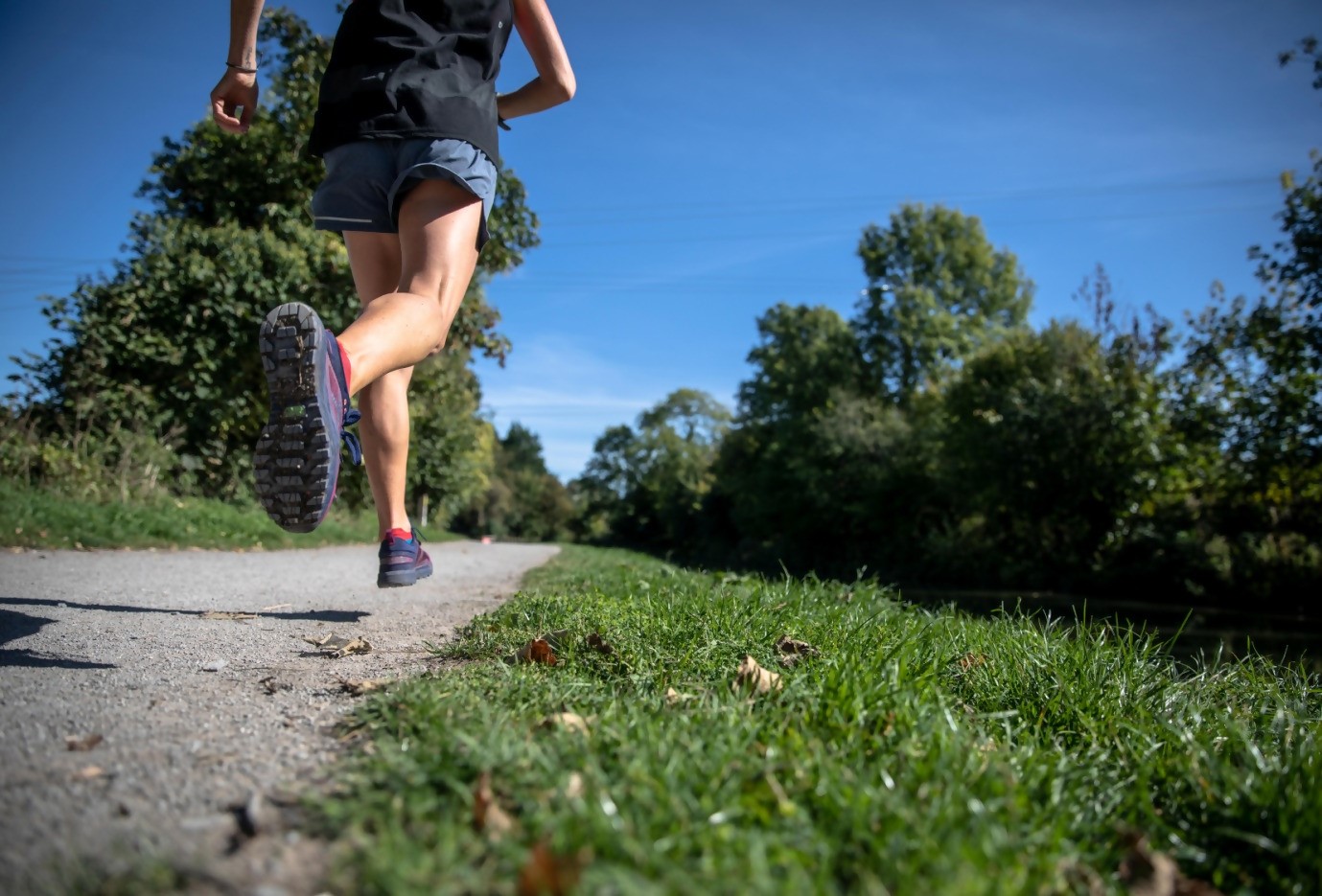
Iliotibial band (ITB) syndrome and how musculoskeletal physiotherapy can treat it
Iliotibial band (ITB) syndrome is an overuse injury that is one of the leading causes of lateral knee pain in runners. Unfortunately, ITB syndrome can be a stubbornly difficult injury to treat as the causes are usually multi-factorial and without guidance and treatment from a sports and musculoskeletal physiotherapist can cause ongoing and increasing pain. ITB syndrome doesn’t discriminate either; it can also affect cyclists, soccer players, avid hikers, field hockey players, basketball players, and even rowers. [1]
What is the Iliotibial band?
Your ITB acts as a lateral knee stabiliser and runs along the outside of the thigh, from just above the hip to just below the knee, and is made up of fascia, a thick band of elastic connective tissue found throughout the body. The gluteus maximus and tensor fasciae latae (TFL) insert into the band, helping it to extend, abduct, and laterally rotate the hip while also bracing the knee whilst lifting the opposite foot.
Iliotibial band syndrome (ITBS) is the most common cause of lateral knee pain in runners, with incidence as high as 12% of all running-related overuse injuries.[2]
What are the symptoms of ITB syndrome?
ITB syndrome causes pain to the side of the knee, in contrast to the other common form of runner’s knee – patellofemoral syndrome; which causes pain to the front of the knee. It is not uncommon for novice runners to mistake the two, treating themselves for patellofemoral syndrome and continuing to put further strain on their ITB. The pain is mainly sharp, sometimes burning and most likely will also be sensitive to poking pressure.
As the knee straightens and bends during running the ITB can rub on the outside of the femur, leading to inflammation of the band or underlying tissue.
How does ITB syndrome start?
ITB syndrome is considered an overuse injury and usually starts with a bigger than usual workout: commonly running, hiking, and walking, especially if there’s stairs and hills, as the descent puts extra pressure on the area. One of the most common scenarios physiotherapists hear from their patients is the pain began while going down a big hill when you’re already tired. Many patients with chronic ITB syndrome feel pain free most of the time, but suffer painful or burning flare-ups every time they walk or run for more a longer distance.
ITB syndrome can also be caused by altered biomechanics related to the motion of running and how it is being controlled through the joints and muscles of the leg and pelvis. Things like asymmetry in one limb, angulation of the knee and the foot position and glute dysfunction are all causes that need to be examined by your physio.
How is Iliotibial band (ITB) syndrome diagnosed and treated?
First, your physiotherapist will take you through a physical examination to identify not only the signs of ITB Friction Syndrome, but also the underlying cause/s of it. If the root cause isn’t determined, your ITB syndrome will persist when you return to running or other activities. Most people respond well to physiotherapy and don’t need any surgery or scans.
Your musculoskeletal physiotherapist’s treatment goals will be to reduce the acute pain and inflammation, strengthen your knee, hip and leg muscles, correct any related running technique and normalise your lower body range of motion and muscle lengths.
Contrary to some people’s belief, a foam roller is not the cure-all for ITB syndrome. While foam rolling is commonly used by runners for ITB pain, studies have demonstrated that it does not result in changes in flexibility that last more than just a few minutes and any pain relief experienced by foam rolling is temporary.[3]
Your physio will likely perform a running or biomechanics analysis. This will give the physio some insight in a potential contributor of the symptoms. They will also assess the strength of the gluteals, quadriceps, hamstring and calf muscles to see if a deficiency in strength is contributing to it. Lastly they will look at your training load and determine if there are any modifications that can be made to reduce the stress on the ITB. Sometimes the physio may employ forms of manual therapy, soft tissue massage, dry needling and taping to assist you in your recovery.
A little bit of homework will be required too, where your physio will prescribe a number of targeted exercises for you to perform to aid in your recovery and avoid a recurrence of ITB syndrome in the future.
[1] Lavine R. Iliotibial band friction syndrome. Curr Rev Musculoskeletal Med. 2010 Jul 20;3(1-4):18-22. doi:
10.1007/s12178-010-9061-8.
[2] Clement DB, Taunton JE, Smart GW, et al. A survey of running injuries. Phys Sportsmed 1981; 9 (5): 47-58
[3] Aboodarda, Saied & Button, Duane & Spence, Alyssa-Joy. (2015). Pain pressure threshold of a muscle tender spot increases following local and non-local rolling massage. BMC Musculoskeletal Disorders. 2015, 16:265. 10.1186/s12891-015-0729-5.



